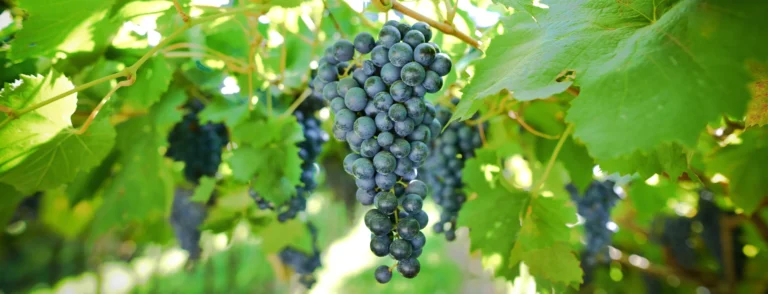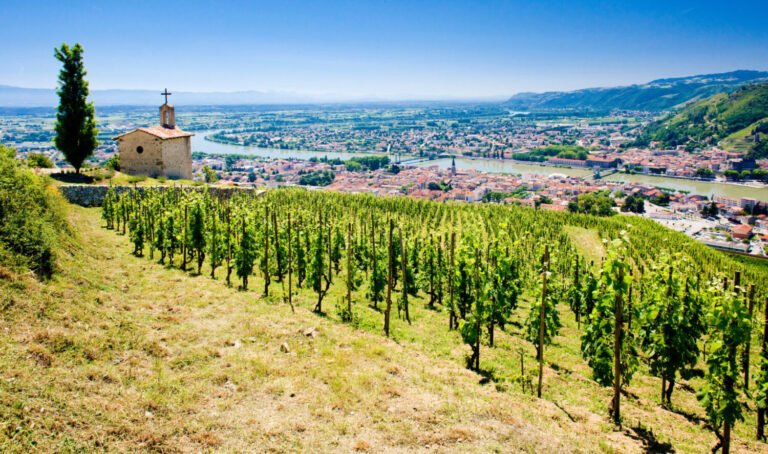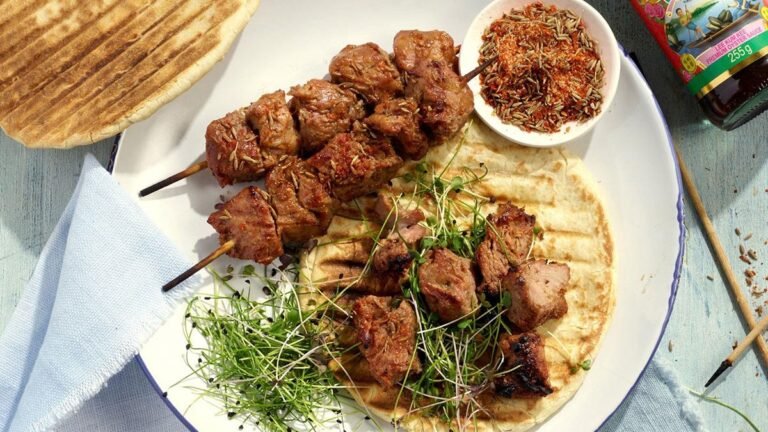There’s no denying it: rosé is the queen of summer wines. Its pale pink hues, refreshing acidity and light body make it a warm-weather staple. The obsession with Provence rosé is real: bone-dry, floral, and effortlessly elegant, it’s the style most people picture when they think “rosé”.

But rosé is more than Provence, and summer is the perfect time to explore other rosé-producing regions that offer just as much charm, often with more personality and surprising value. Let’s take a swirl through the rosé world and discover what’s worth sipping this season.
A quick swirl through history
Rosé has ancient roots. In fact, some of the earliest wines made were rosés as back then red and white grapes were often crushed and fermented together. Today’s rosés range from barely blush to deep raspberry tones, each style reflecting its grapes, terroir and winemaking method.
In Provence, winemakers typically use direct pressing or short skin maceration to create that signature pale colour, using grapes like Grenache, Syrah and Cinsault. But other regions? They do it differently, and deliciously.

Beyond Provence: Rosés to Try This Summer
Tavel, Rhône Valley (France)
Often called the “red wine drinker’s rosé”, Tavel is darker, fuller, and more structured. It pairs beautifully with grilled meats, making it perfect for summer barbecues.
Bardolino Chiaretto, Italy
From the shores of Lake Garda, this Italian rosé is crisp, floral, and slightly saline. It’s excellent with caprese salad or seafood pasta.

Norte de España (Rioja & Navarra)
Spanish rosados are often made from Tempranillo or Garnacha, with vibrant red fruit and a bit more weight. Look for a chilled glass with tapas or grilled vegetables.
California & Oregon, USA
American rosés can be fruitier, but many producers are now leaning into Provencal-style dryness. Pinot Noir-based rosés from Oregon are especially elegant.
Serve it right: ideal rosé temperature
Keep it cool but not icy. 10–12°C (50–54°F) is the sweet spot (too cold and you’ll lose the flavour, too warm and it’ll feel flabby). A 20-minute chill in the fridge or 10 in an ice bucket should do the trick.
What to pair it with
Rosé is wonderfully versatile:
Light rosés (Provence-style): grilled fish, Niçoise salad, goat cheese.
Medium rosés (Spain, Italy): charcuterie, roast chicken, pasta.
Bold rosés (Tavel): lamb skewers, aubergine dishes, spiced couscous.

So yes, rosé all day is totally a thing, but it doesn’t have to mean the same bottle every time. This summer, explore beyond Provence and discover the world of pink possibilities.
Thirsty for more? Discover our guides on Best Wines for Summer and Sparkling Wine Essentials.
Salud!
